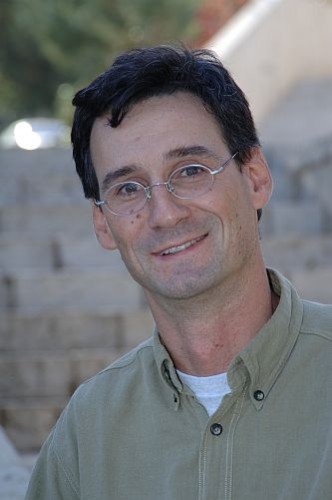This is a significant breakthrough that presents an effective solution to a synthetic problem that has not been solved until now

Technion researchers have found an innovative way to create molecules. They were able to reach the molecule with the chiral center in only one step from the starting material. So far, researchers have reached this in several stages, and that too - only in two cases in history. The prestigious scientific journal "Nature" reports on their breakthrough. This is a solution to a synthetic problem that has not yet been solved and may significantly shorten processes in the pharmaceutical industry.
"Synthetic organic chemistry is a science that deals with the construction of sophisticated molecular fragments from very simple organic units," explains Professor Ilan Mark from the Technion Faculty of Chemistry. "One of the many possible applications in this field is the synthesis of complex natural materials. In recent decades, organic chemists have prepared these complex systems through multi-step synthesis. However, the real question of the 21st century is no longer 'Can we synthesize this molecule?' Rather - 'how can we synthesize it in the most efficient way, using a minimal number of synthetic steps'?
In recent years, Professor Mark's research group has developed alternative strategies that not only met these requirements but also provided a solution to challenging synthetic problems. One of the remaining critical problems in this field is the creation of quaternary chiral centers in acyclic systems in the aldol reaction. A chiral molecule is a molecule that cannot create an overlap between it and its mirror image through rotation in space. This property of certain molecules, which results from the lack of internal reflection symmetry, is called chirality, and the two different molecules, which are mirror images of each other, are called enantiomers. Aldols (in English singular: Aldol) are a group of organic compounds. The word aldol is a combination of the words aldehyde and alcohol (cohol); Indeed, all aldols contain two functional groups - that of the aldehydes (CHO) and that of the alcohols (OH, hydroxyl group).
Aldols are formed when a ketone reacts with another ketone or with an aldehyde, or when an aldehyde reacts with an aldehyde. The reaction is called an aldol reaction, and its importance in organic chemistry is great, as it is one of the few ways in which carbon-carbon bonds can be formed, that is, to connect two small molecules to one large molecule. The reaction is called a cross-aldol reaction when the two reactants are not the same (for example, a reaction between aldehyde methanal (formalin) and ketone propanone (acetone).
Most biological molecules are chiral, hence the importance of the concept in biochemical research. In quite a few cases, the two enantiomers of a certain substance affect the human body differently, and therefore understanding the chirality of these molecules is of great importance in the pharmaceutical and food industries. In biological processes involving chiral molecules, such as amino acids and sugars, usually only one of the enantiomers is active. Understanding the source of the difference in the prevalence of the two enantiomers of the same molecules can shed light on the origin of life. In the latest report published in Nature by Professor Marek and his colleagues, they solved this problem by reacting in a single vessel using a variety of highly available starting materials. This significant breakthrough presents an elegant and efficient solution to a real synthetic problem, since the preparation of these quaternary centers that are all converted to hydrocarbons in acyclic systems constitutes one of the most difficult contemporary challenges in modern organic synthesis.
The challenge is particularly great in creating these centers in aldol products. This difficulty is problematic since the aldol reaction constitutes one of the most important chemical transformations in organic synthesis. The main problem limiting the creation of centers of this type is the lack of an efficient method for the preparation of chiral triconverted enolates in spatially defined acyclic systems.
These problems can be solved using a combination of carbametalation and oxidation of organocopper, which allows the receipt of a spatially defined triconverted enolate. This method was used to create a series of aldol and Mannich products from enamides, with excellent diastereomeric and enantiomeric ratios and good utilizations.
For synthesizing in a completely different way than usual, Professor Ilan Mark received the Janssen Pharmaceutica Creativity Award for 2012.

One response
Guys, I have a ph.d. in biotechnology and it is not fun to read such a text. Too many professional concepts and too few examples from the kitchen.